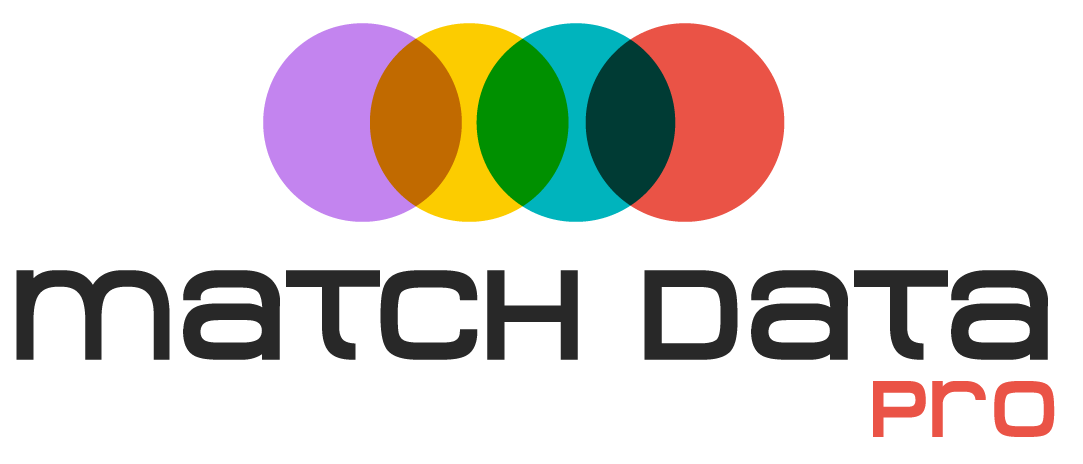- Matt and Matthew
- IBM and International Business Machines
- Facebook and Meta
It’s probably pretty clear by now that people and company names don’t match, and that mismatching data makes it very difficult to find duplicates (or to link/sync/relate the same records within and across different data sources).
This is really the core of master data management but it’s also data quality, and it’s part of everyday business operations. This causes problems in marketing, sales, operations, finance, everyday reporting, problems in analytics, and many other use cases.
What makes it even more difficult is that the additional data on their respective addresses and contact information rarely matches. Small differences in formatting, spacing, fielding, abbreviations and other issues can make it very difficult.
Add to that, different sources and different departments might have completely different contact information, or no information at all (like missing phone numbers or missing address details).
The bigger picture is that this doesn’t just apply to contact information. This applies to most data. This could be product data, parts or materials data, asset data, etc. Data is like a digital description of things, and the textual details and descriptions rarely match.
Data Matching is used to quickly and easily analyze one or multiple sets of data, in different formats, different schemas/fields, from different business systems, and to find/group/link similar records. There are many different terms for what we do; some might refer to it as a data cleansing tool, or data deduplication software, data matching tools, fuzzy matching software, or entity resolution software.
Match Data Pro and Senzing have partnered to offer business people very simple solutions to clean, match, merge, and manage all different data types. Start a free trial today.
Author: Ben Cutler
Inquiries: bcutler@matchdatapro.com
